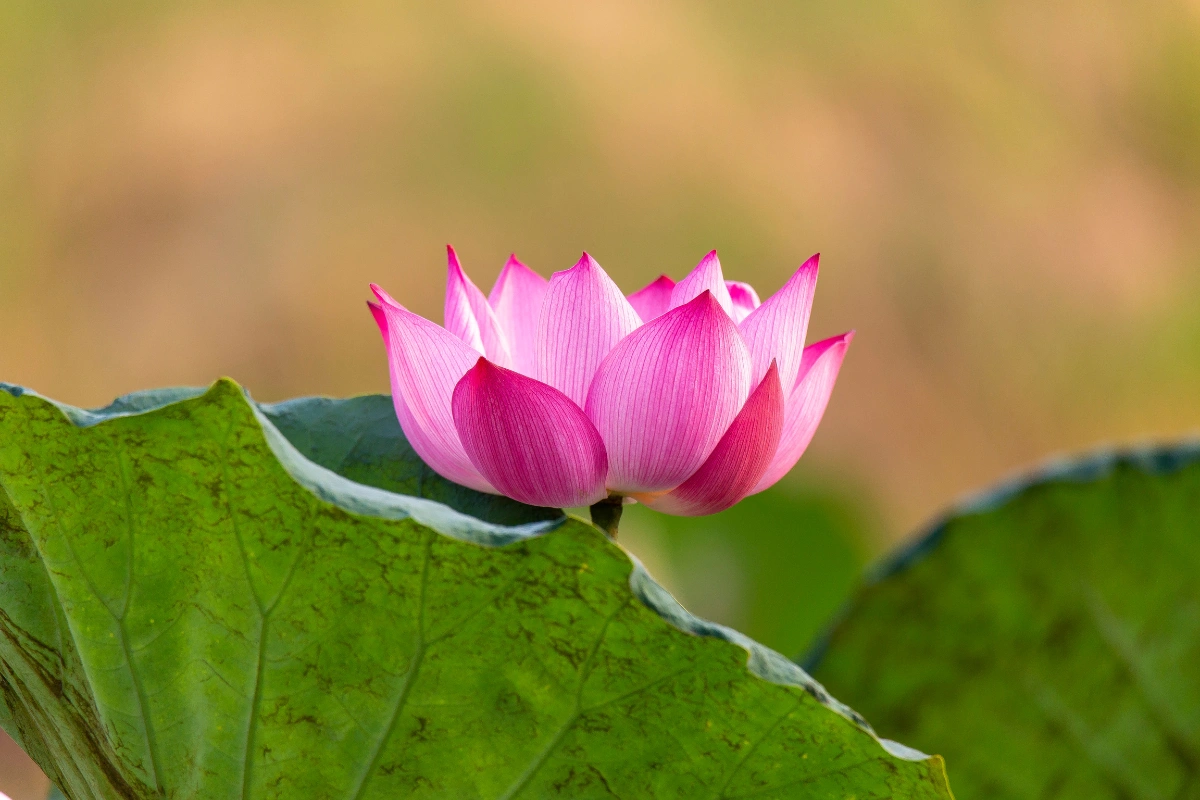5 Eastern Mindsets to Help You Push Through Hard Things
In today’s world, distractions are everywhere—notifications, deadlines, and an endless to-do list. It’s easy to feel overwhelmed and stuck. But what if there was a way to quiet the noise, focus better, and push through tough tasks?
By applying five key Eastern mindsets—awareness, flow, stillness, intentional action, and patience—you can transform mental clutter into calm, sharp focus, making it easier to overcome resistance and reach your goals.
1. Cultivate Awareness: Understanding Your Mind’s Resistance
In today’s busy world, it’s easy to feel overwhelmed by the constant stream of distractions. But the real challenge often isn’t just the external chaos—it’s happening inside our own minds. The first step in overcoming procrastination is understanding where this inner resistance comes from.
Eastern philosophy paints a vivid picture of our minds as wild monkeys—constantly leaping from one thought to the next and dodging anything that seems uncomfortable or challenging. This isn’t a flaw; it’s a natural part of being human. Our brains are wired to favor comfort and familiarity over the strain of hard work.
The Buddha once said,
“Your worst enemy cannot harm you as much as your own unguarded thoughts.”
This insight reminds us that our minds can be our biggest saboteurs. Left unchecked, they steer us toward distractions—whether it’s endlessly scrolling through social media, getting lost in daydreams, or simply indulging in passive activities.

The deeper reason behind this resistance is our brain’s natural tendency to avoid discomfort. When faced with tasks that seem difficult or overwhelming, our minds instinctively opt for the easier, more familiar route.
Often, we aren’t even aware of the internal battle going on. Instead of forcing our minds to work differently, the key is to step back and simply observe the resistance without judgment. Recognizing that this pushback is just your brain’s way of protecting you from discomfort can make it much easier to manage—and eventually overcome—it.
2. Embrace the Flow of Life: Aligning with Natural Rhythms
Once you’ve learned to recognize the resistance within your mind, the next step is to work with it instead of against it—by embracing the natural flow of life.
Eastern philosophy, particularly Taoism, offers the concept of Wu Wei, which translates to “non-resistance” or “effortless action.” Rather than battling every obstacle head-on, this idea suggests that success comes from aligning with life’s natural rhythms.
Lao Tzu, the ancient Taoist sage, famously said,
“By letting it go, it all gets done.”
This isn’t an invitation to become passive or complacent; rather, it’s a reminder that constant struggle can create more resistance. When we push too hard against the current of our lives, we only add friction. Instead, if we learn to flow with the natural order, tasks that once seemed daunting start to feel lighter and more manageable.
Think of it like a river. When water flows unimpeded, it effortlessly moves around rocks and obstacles, sometimes even wearing them away gradually. When you allow yourself to work with life’s natural currents, you’re no longer expending energy in fruitless battles.
This shift in perspective transforms how you approach hard tasks. Instead of forcing yourself to complete a project or overcome an obstacle, you allow yourself to ease into it, which often leads to more productive and less stressful outcomes.
3. The Power of Stillness: Quieting the Restless Mind
While embracing the flow of life is essential, cultivating stillness is equally important.
In Zen Buddhism, the practice of Zazen (sitting meditation) is used to calm the restless mind. At first, sitting in silence can feel challenging as your mind races with thoughts and distractions. Yet, true strength and clarity often come from moments of stillness.

The practice of Zazen teaches us that mental clarity isn’t found through constant activity, but through quiet reflection.
Like a lake calming when the wind stops, the mind becomes clearer when external distractions cease. Regular practice of stillness allows you to sharpen your focus, reduce stress, and approach tasks with a clear, calm mindset. Instead of rushing into tasks, you learn to pause, breathe, and allow clarity to arise.
4. Turning Reflection Into Action: Focused and Intentional Movement
Stillness and reflection are only half the battle. To really make progress, you need to turn those insights into deliberate, purposeful action.
The Shaolin monks show us how this works in practice. For them, meditation isn’t just a way to calm the mind—it’s the stepping stone for every precise, intentional move they make.
Imagine a monk beginning his practice: he starts by quieting his mind, then he concentrates fully on one movement, one technique at a time. This approach, often described as “mindfulness in motion,” means that each action is deliberate and precise, not rushed or scattered.
The idea is simple: when your mind is clear, you can focus all your energy on one task.
Instead of multitasking or getting overwhelmed by trying to do too many things, you zero in on what’s most important. Whether it’s tackling a work project or starting a personal goal, breaking things down into manageable parts helps keep your efforts focused and intentional.
5. The Art of Patience: Trusting the Process of Growth
Even with focus, reflection, and action, results often take time.
In Eastern philosophy, the lotus flower is used as a powerful symbol of personal growth, illustrating the importance of trusting the process and allowing time for natural development.
The journey of the lotus starts in the murky depths of a pond, buried in the thick mud. For the lotus to bloom, it must first push its roots deep into the earth, creating a strong foundation before it can rise to the surface.
This process is slow and requires tremendous patience. It’s only after months of growth—gradually breaking through the mud—that the lotus flower finally emerges, radiating in its pure, stunning beauty.
The growth of the lotus offers a beautiful metaphor for how we must approach our own progress. Just as the lotus spends time building strong roots before its bloom, we too must take time to build our foundation—whether it’s acquiring new skills, building resilience, or reflecting on our goals.
Progress might seem slow, but with patience, steady effort, and trust in the process, the results will come in due time.
Final Thought
The path to pushing through hard things is rarely quick or straightforward. Progress often comes in small, unexpected steps.
Start by incorporating these principles into your daily routine, and you’ll begin to feel your mindset shift—from scattered to calm, from resistant to ready. Trust the process, and take it one step at a time toward overcoming your challenges.






